Past Events
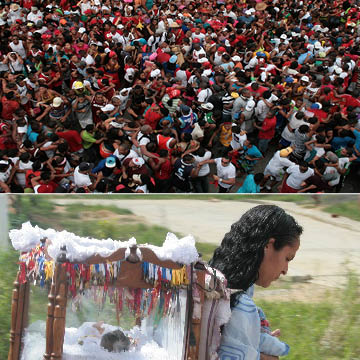
Dr. Meyby Ugueto-Ponce, Instituto Venezolano de Investigaciones Científicas. Laboratorio de Antropología del Desarrollo
Meybe Ugueto-Ponce, Ph.D. in Anthropology from the Instituto Venezolano de Investigaciones Científicas (IVIC). She is a researcher at the IVIC and interpreter, director, and teacher of traditional Venezuelan dance, particularly dances of African origin.
Dra. Ugueto-Ponce hablara sobre el control y la violencia ejercidos sobre los cuerpos físicos de africanos y sus descendientes, así como la imposición y luego la apropiación cultural de los sistemas religiosos europeos, desembocaron en formas de disenso in-corporadas en la re-construcción cultural afroamericana. En el cuerpo individual y colectivo se inscribieron identidades, culturales y políticas, pero también en el propio territorio geográfico. El objetivo de esta ponencia es comprender el uso del cuerpo político dentro del ámbito religioso, y su inscripción en el territorio como una forma de resistencia cultural ejercida en Curiepe, una población afrovenezolana, descendiente de negros libres. El cuerpo político en Curiepe se despliega en el territorio en tres niveles:
1) el local, mediado por San Juan Congo
2) el regional, mediado por el Niño Jesús de Curiepe
3) el nacional e internacional, mediado por San Juan Bautista.
La movilización que producen estas imágenes, las direccionalidades de los encuentros y los distintos actores, condicionan una espacialización socioreligiosa de las identidades políticas del curiepero, que no solo los define simbólicamente como un cuerpo político, sino que asienta en el territorio historias de interacción, resistencia y negociación, de una región definida y delimitada por referentes culturales y religiosos, y no necesariamente por fronteras políticas-administrativos impuestas por la idea de nación.
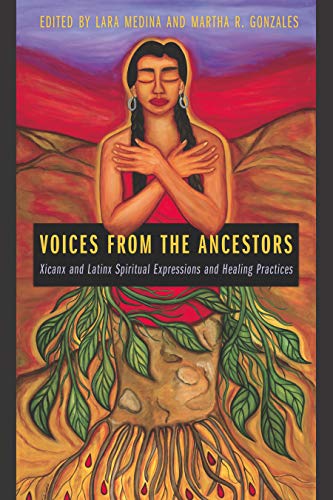
Dr. Lara Medina, Professor in the Department of Chicana and Chicano Studies at California State University
Dr. Martha R. Gonzales, Lecturer in the Ethnic Studies Department at Glendale Community College, Glendale, California
Dr. Laura Perez, Chair of The Latinx Research Center and Professor in the Department of Ethnic Studies, UC Berkeley
Patricia Juárez Chicueyi-Coatl, Information Management and Workflow in IST, UC Berkeley
Voices from the Ancestors brings together the reflective writings and spiritual practices of Xicanx, Latinx, and Afro-Latinx womxn and male allies in the United States who seek to heal from the historical traumas of colonization by returning to ancestral traditions and knowledge.
Co-sponsored by the Multicultural Community Center “MCC”, the UC Berkeley Ethnic Studies Library, and Alianza at UC Berkeley
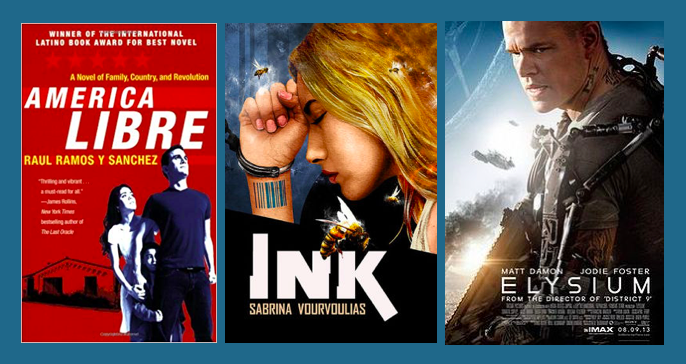
Dr. Elda María Román, Associate Professor in the English Department at the University of Southern California
In this lecture, Elda María Román first discusses how media and scholars are engaging with the current wave of demographobia, which Sami Alim defines as “the irrational fear of changing demographics.” Since speculative fiction can creatively play out “what if?” scenarios, Román turns to speculative dystopian texts, America Libre, Ink, and Elysium that envision what would happen if demographobia toward Latinxs and other people of color continues to amplify. Román argues that these texts register what she calls the realist-speculative convergence, which enables us to understand the point at which what previously seemed improbable no longer is. Attuning to this point of convergence in texts revolving around demographobia reveals how close we are to extreme measures of population control, and what mechanisms might be reintroduced or developed to contain people as well as resources.
Co-sponsored by the English Department at UC Berkeley
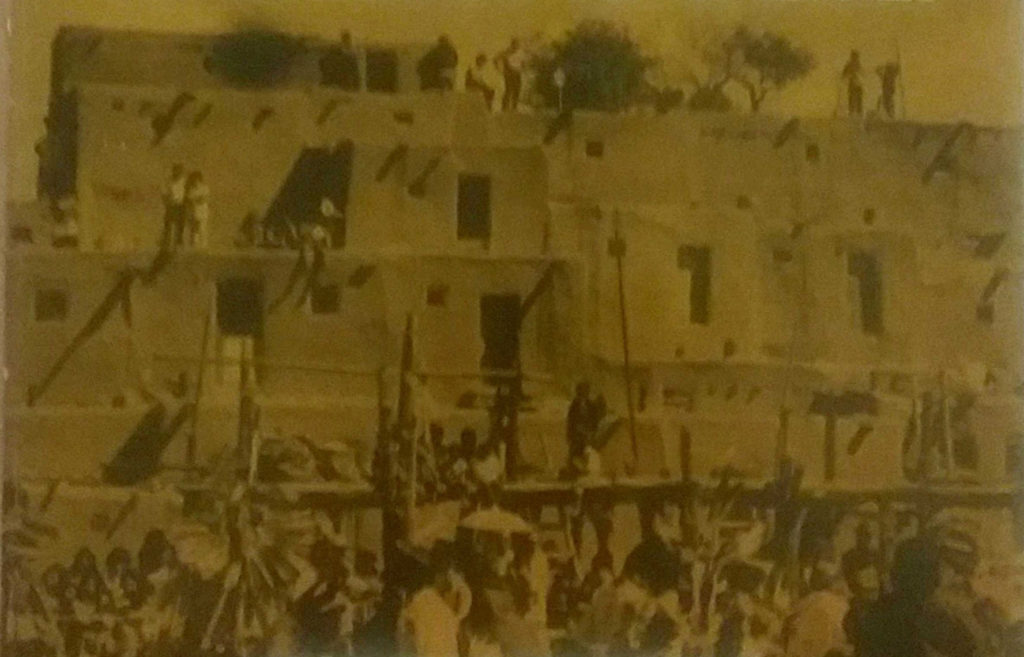
Dr. Enrique Lima, Lecturer in Native American Studies at UC Berkeley
Beginning with Columbus and continuing to present-day popular culture, the “idea of the Indian” has retained a powerful hold on the imagination of non-Native people. Indigenous writers throughout the Americas have challenged those depictions, catalogued their destructive and dehumanizing effects, and demanded the right to represent their own realities. Lima’s new research asks can Native writers also be seduced by the “idea of the Indian”? What problems emerge when Native writers fictionalize abstract “Indians,” even when they do so in the service of Indigenous resistance? This lecture considers these and related questions in terms of the works of D’Arcy McNickle, Louise Erdrich, and José María Arguedas.
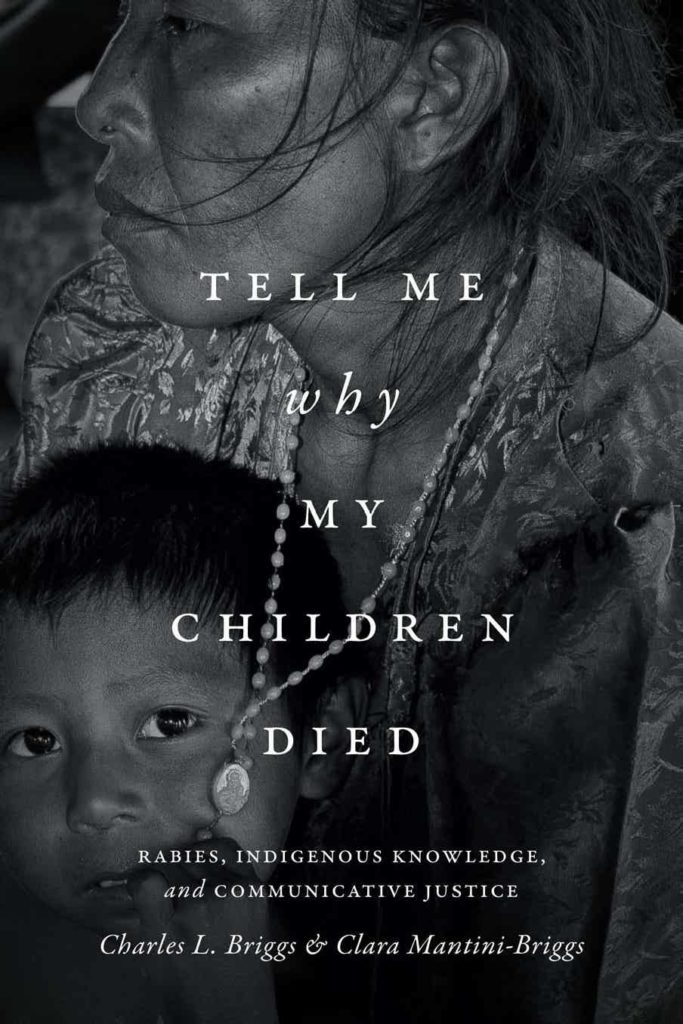
Circle of dialogue between local and resident Indigenous Elders, health activists, scholars, and Professor of Anthropology at UC Berkeley, Dr. Charles Briggs and Dr. Clara Mantini-Briggs, a Venezuelan public health physician and Lecturer in the Department of Anthropology at UC Berkeley.
Between 2007 and 2008, mysterious deaths began appearing in indigenous Warao communities in the Delta Amacuro rainforest of Venezuela. In some families, two or three children died. Baffled, the local doctor sent patients to advanced care facilities, where they were seen by specialists, but no diagnosis emerged. Parents pushed local leaders Conrado and Enrique Moraleda to act. When health officials seemed more interested in hiding than solving the mystery, they formed their own investigatory team, recruiting healer Tirso Gómez, nurse Norbelys Gómez, Venezuelan physician Clara Mantini-Briggs, and anthropologist Charles Briggs. The Moraledas could see that a major reason that health professionals had failed to produce a diagnosis was that they had excluded the parents as active participants in producing knowledge. The team held meetings in all affected communities; parents publicly performed narratives that demanded recognition of the value of their children’s lives and the tragedy of their deaths, simultaneously sharing the archives of knowledge they had compiled. Their rich accounts enabled Mantini-Briggs to provide a presumptive diagnosis of bat-transmitted rabies. The team presented findings to the national health ministry in the capital, demanding recognition of indigenous rights to participate in producing knowledge about health and shaping policies and practices.
The parents repeatedly told the team that “we want lots of people to know about our children.” Knowing the power of visual images, they asked Charles Briggs to take photographs. Mantini-Briggs and Gómez treated one young woman, Elbia Torres Rivas, who was dying from the disease; her family requested photo-documentation of her illness, wake, and funeral. Exhibiting these photographs responds to the parents’ calls for recognition and efforts to connect with the struggles of other oppressed peoples, particularly indigenous communities. Bringing this exhibition to Berkeley and holding workshops and performance-oriented events could open doors to rich collaborations with Ohlone and other indigenous and migrant communities, thereby connecting practices of mourning and community-based efforts to create more just health policies and practices.
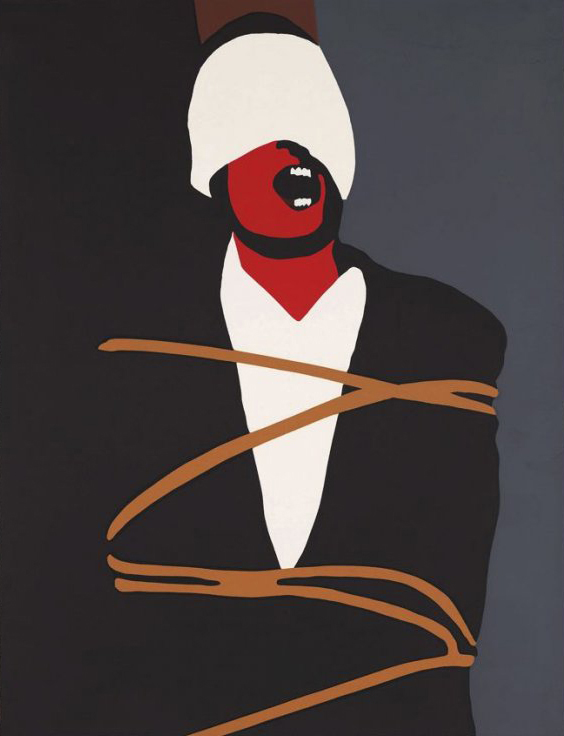
Dr. Mauricio Barros de Castro, Associate Professor State University of Rio de Janeiro, Art Institute
This lecture will discuss the trajectory and artworks of three artists, Faith Ringgold, Rupert García and Abdias do Nascimento, between 1963 and 1893, during the most important period of the Black Power Movement. The artworks of these artists present other aesthetics based on race and ethnicity and contribute to decolonizing eurocentric Art History.
